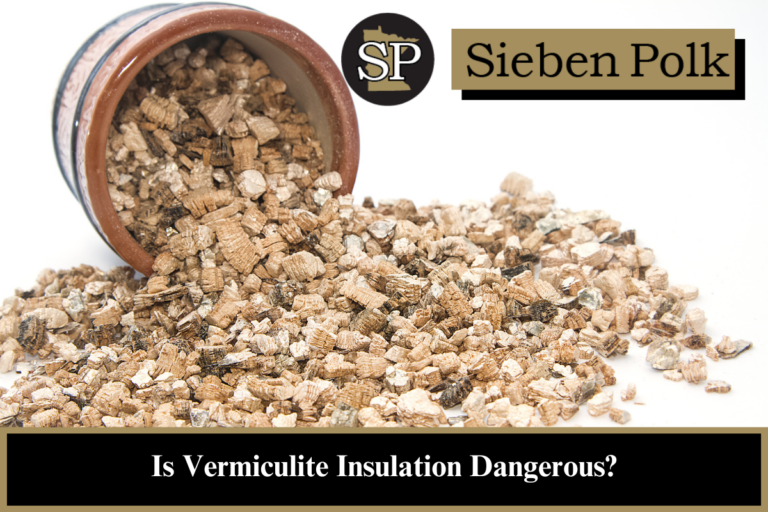Many people have vermiculite insulation in their homes. It was a popular form of loose insulation used to insulate many homes throughout the United States. Used extensively in colder climates such as Minnesota, Wisconsin and the Dakotas, it was most often used as attic insulation.
Vermiculite is a mineral product known for its heat and fire-resistant properties. These qualities made it ideal for many different types of building products, including insulation, but it also contained hidden dangers.
Asbestos in vermiculite
Much of the vermiculite that was used to make vermiculite insulation came from a mine in Libby, Montana. It was later discovered that much of this vermiculite also contained asbestos fibers. Inhalation of asbestos has been associated with several deadly illnesses, including mesothelioma, lung cancer and asbestosis.
It was not until 1978 that the United States started to ban the sale of insulation containing asbestos. In the 1990s, the Environmental Protection Agency revised their restriction on the sale of asbestos insulation, permitting the sale of vermiculite insulation as long as the insulation did not have more than 1 percent asbestos.
Ongoing dangers of vermiculite insulation
The EPAs revised standard meant that vermiculite insulation containing 1 percent asbestos or less could be sold again in the United States. But this did not make it safe. In the aftermath of 9-11, the EPA and New York Committee for Occupational Safety and Health investigated this type of insulation and found that even in small amounts, it may still be hazardous.
How to handle insulation containing vermiculite
If you have loose fill insulation in your home containing vermiculite, do not touch it and keep children away. Disturbing the insulation could cause asbestos fibers to be released into the air.
While there are some sources of vermiculite that did not come from Libby, Montana, only an expert can identify whether or not the vermiculite in your home is hazardous. If you need to make changes to your home that require moving the insulation, you should hire a trained asbestos abatement contractor to remove the insulation. If you’ve fallen ill after being exposed to asbestos, you may have legal options to hold the producers of these asbestos products accountable for your injuries. An experienced Minnesota asbestos lawyer can help you determine your options.

